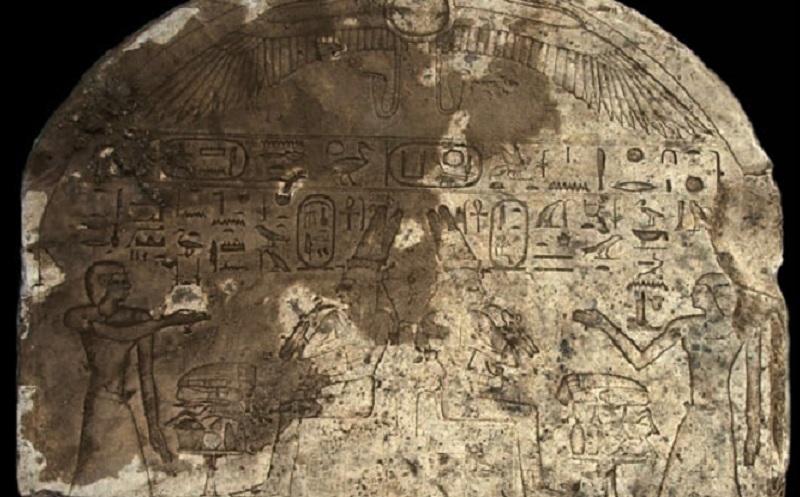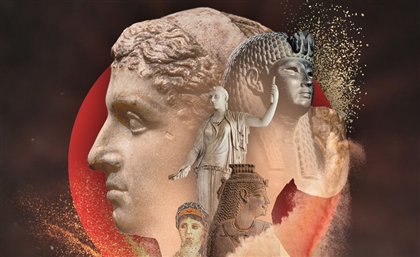Ancient Egyptian Discovery Proves Kom Ombo Temple Is Older Than Widely Believed
An 18th dynasty stone slab depicting 'Liberation Queens'.

On Thursday, Luxor Times announced the discovery of a limestone stela in the Kom Ombo temple located in Aswan. A team of Egyptian archaeologists found the stone slab and discovered that it goes back to the 18th Dynasty of ancient Egypt, the era during which Ancient Egypt's power reached unprecedented heights.
The stela shows images of two important queens of ancient Egypt – Queen Tetisheri and her granddaughter Queen Ahmos-Nefertari. They are also known as the Liberation Queens during the Liberation War period, which lasted from the late 17th Dynasty to early 18th Dynasty, with Queen Ahmos-Nefertari effectively becoming the 18th dynasty first Queen.
Dr. Mostafa Waziry – Secretary General of the Supreme Council of Antiquities – reportedly described the images on the stela, saying that an offering to the queens was being made. The stela also dubs Queen Tetisheri as 'The Mother of the King' and 'Lady of the Two Lands.'
"The two Queens are of the most important female figures in the history of ruling families in Egypt, and had many stelae and chapels dedicated to them all over Egypt," Abd El-Monem Said, Director of Aswan Antiquities, said.
The plate is a very important find for archaeologists as it may prove claims that the Kom Ombo temple is much older than had previously been believed, Waziri said.
Last September a 'Sphinx Junior' was excavated from the Kom Ombo Temple. The sphinx was found to date back to the Ptolemaic period.
Main image taken from Luxor Times.
























